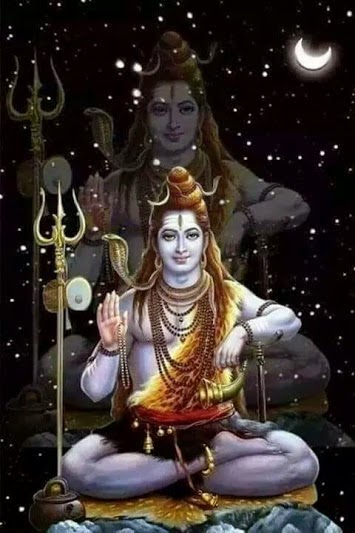Spiritual Import of Religious Festivals :Ch-3. Part - 3.

Chapter-3. Rama – The Apotheosis of Human Perfection ( Sri Ramanavami ) Part-3. In the majestic words of Valmiki with which the epic commences, we are given a description of what this perfection of humanity is, as an answer given by Sage Narada to a question put by Sage Valmiki as to who is the ideal of human nature. "Who do you think, O Sage, is the perfect embodiment of humanity in this world, and can you give me an example of such perfection?" was the question put by Valmiki to Narada. And then, Narada commences a dignified description of a personality whom today we know and adore as Sri Rama. That majestic feature of bodily personality, the ideal perfection of physiological structure, the profundity and beauty of understanding, dignity of behaviour, exemplary nature of conduct – to put it in one word, 'perfection' as conceived or as conceivable by the human understanding – this is what comes forth as an answer from the great Sage Narada. We...



.jpg)

.jpg)

.jpg)
.jpg)
.jpg)

